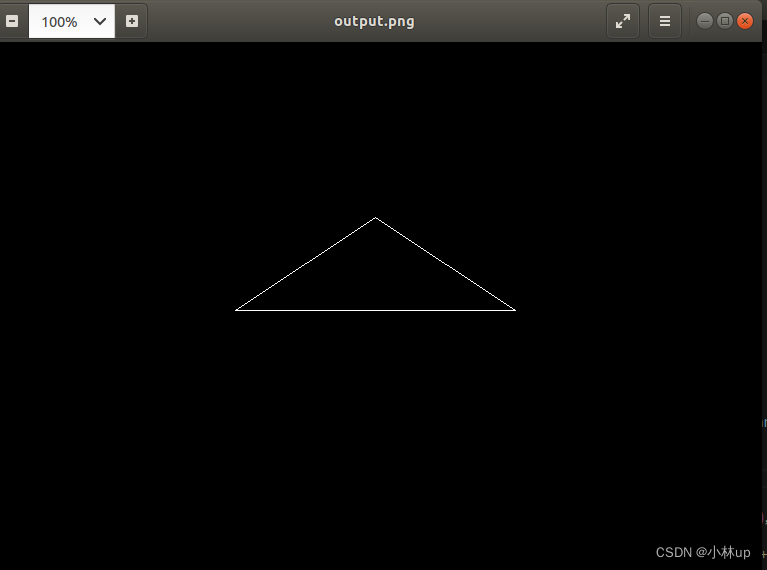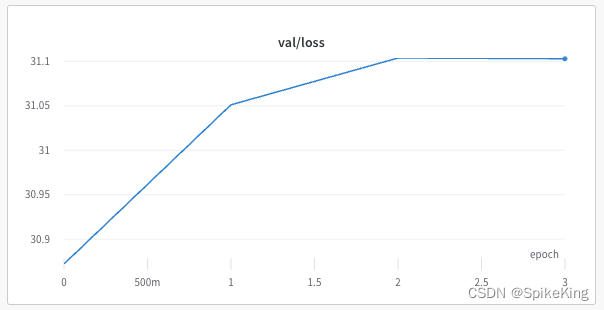文章目录
- 一【题目类别】
- 二【题目难度】
- 三【题目编号】
- 四【题目描述】
- 五【题目示例】
- 六【题目提示】
- 七【解题思路】
- 八【时间频度】
- 九【代码实现】
- 十【提交结果】
一【题目类别】
- 哈希表
二【题目难度】
- 中等
三【题目编号】
- 128.最长连续序列
四【题目描述】
- 给定一个未排序的整数数组 nums ,找出数字连续的最长序列(不要求序列元素在原数组中连续)的长度。
- 请你设计并实现时间复杂度为 O(n) 的算法解决此问题。
五【题目示例】
-
示例 1:
- 输入:nums = [100,4,200,1,3,2]
- 输出:4
- 解释:最长数字连续序列是 [1, 2, 3, 4]。它的长度为 4。
-
示例 2:
- 输入:nums = [0,3,7,2,5,8,4,6,0,1]
- 输出:9
六【题目提示】
- 0 < = n u m s . l e n g t h < = 1 0 5 0 <= nums.length <= 10^5 0<=nums.length<=105
- − 1 0 9 < = n u m s [ i ] < = 1 0 9 -10^9 <= nums[i] <= 10^9 −109<=nums[i]<=109
七【解题思路】
- 利用哈希表的思想
- 首先将数组中的元素加入哈希表中,这么做的目的是去重,并且为了方便后续的计算
- 然后遍历哈希表中的每个元素,计算从这个元素开始的连续数组,通过哈希表进行扫描就可以
- 这样我们就只使用了 O ( n ) O(n) O(n)的时间复杂度解决这个问题
- 最后返回结果即可
八【时间频度】
- 时间复杂度: O ( n ) O(n) O(n), n n n为传入的数组的长度
- 空间复杂度: O ( n ) O(n) O(n), n n n为传入的数组的长度
九【代码实现】
- Java语言版
class Solution {
public int longestConsecutive(int[] nums) {
HashSet<Integer> map = new HashSet<>();
for(int i = 0;i < nums.length;i++){
map.add(nums[i]);
}
int res = 0;
for(int num : map){
if(!map.contains(num - 1)){
int curNum = num;
int curLen = 1;
while(map.contains(curNum + 1)){
curNum += 1;
curLen += 1;
}
res = Math.max(res, curLen);
}
}
return res;
}
}
- C语言版
struct HashNode
{
int key;
UT_hash_handle hh;
};
int longestConsecutive(int* nums, int numsSize)
{
struct HashNode* map = NULL;
struct HashNode* tempNode = NULL;
for(int i = 0;i < numsSize;i++)
{
HASH_FIND_INT(map, &nums[i], tempNode);
if(tempNode == NULL)
{
struct HashNode* newNode = (struct HashNode*)malloc(sizeof(struct HashNode));
newNode->key = nums[i];
HASH_ADD_INT(map, key, newNode);
}
}
struct HashNode *val, *temp;
int res = 0;
HASH_ITER(hh, map, val, temp)
{
if(val != NULL)
{
int lastVal = val->key - 1;
HASH_FIND_INT(map, &lastVal, tempNode);
if(tempNode == NULL)
{
int curNum = val->key + 1;
int curLen = 1;
HASH_FIND_INT(map, &curNum, tempNode);
while(tempNode != NULL)
{
curNum += 1;
curLen += 1;
HASH_FIND_INT(map, &curNum, tempNode);
}
res = fmax(res, curLen);
}
}
}
HASH_ITER(hh, map, val, temp)
{
HASH_DEL(map, val);
free(val);
}
return res;
}
- Python语言版
class Solution:
def longestConsecutive(self, nums: List[int]) -> int:
map = set(nums)
res = 0
for num in map:
if num - 1 not in map:
curNum = num
curLen = 1
while curNum + 1 in map:
curNum += 1
curLen += 1
res = max(res, curLen)
return res
- C++语言版
class Solution {
public:
int longestConsecutive(vector<int>& nums) {
unordered_set<int> map;
for(int i = 0;i < nums.size();i++){
map.insert(nums[i]);
}
int res = 0;
for(const int& num : map){
if(!map.count(num - 1)){
int curNum = num;
int curLen = 1;
while(map.count(curNum + 1)){
curNum += 1;
curLen += 1;
}
res = max(res, curLen);
}
}
return res;
}
};
十【提交结果】
-
Java语言版

-
C语言版

-
Python语言版

-
C++语言版

![[保研/考研机试] KY56 数制转换 北京大学复试上机题 C++实现](https://img-blog.csdnimg.cn/img_convert/036bd0e63667dc2a6cc2bb27c2df5a87.png)

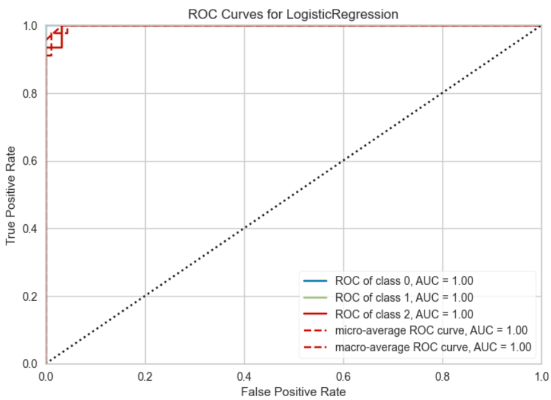






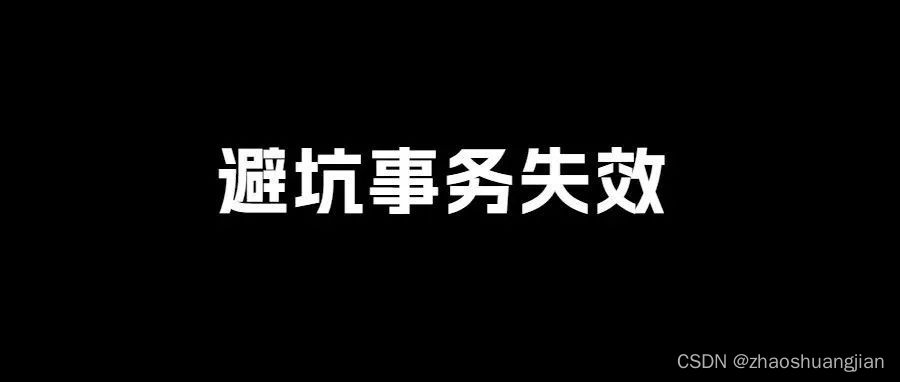

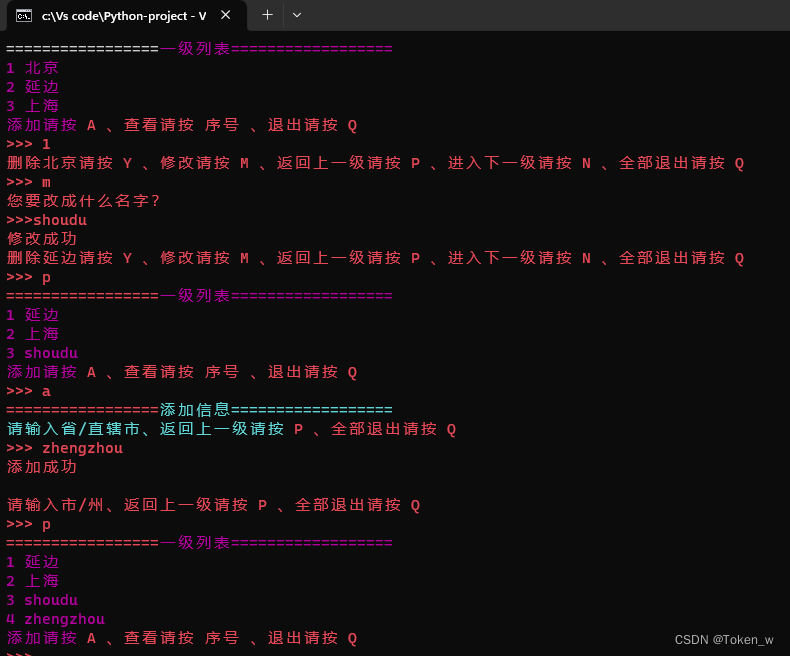
![应用程序运行报错:First section must be [net] or [network]:No such file or directory](https://img-blog.csdnimg.cn/d7b837b5c58440d0b85dc152eecf52fb.png)
